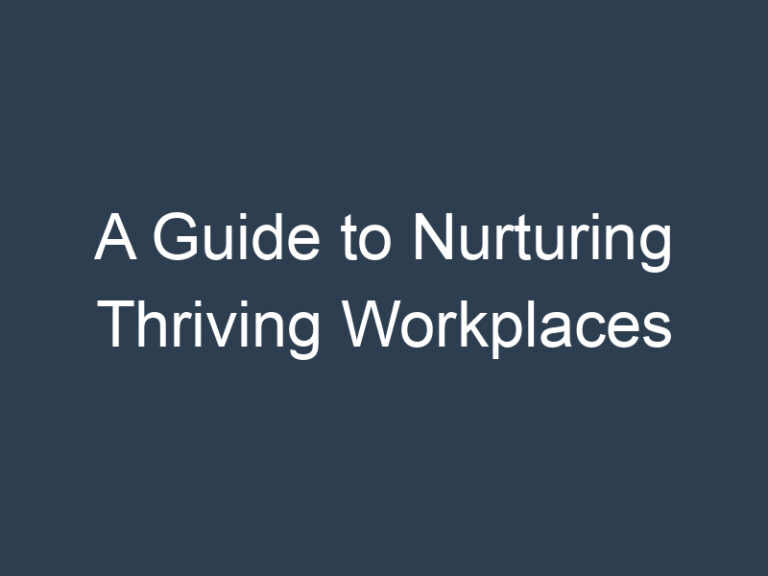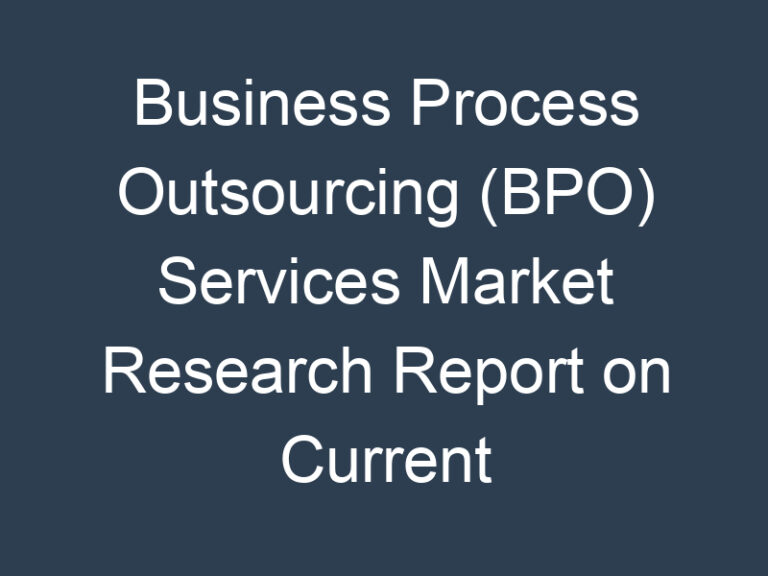10 Important Metrics to Measure Your Website Success
You may have your website all ready to launch. But do you keep the necessary metrics to evaluate your online success?
Whether you’re running an e-commerce site, a blog, a nonprofit organization, or a corporate entity, understanding the performance of your website is crucial. To estimate the effectiveness of your online presence, you need to measure not one but various key metrics.
If you have signed up for professional web design in Sydney, you are in good hands. But if you are on the fence or doing it by yourself, this article will give you essential information. The following 10 important metrics can help you gauge your website’s success and make informed decisions to improve it.
Beginning with:
1. Website Traffic
Website traffic is the most fundamental metric to track. It tells you how many visitors your site receives over a specific period. Google Analytics is a prevalent tool for measuring this metric. Analyzing website traffic can reveal the following:
- Trends
- Peak visitation times
- Visitor demographics
Such crucial data can be of much help in tailoring your content and marketing strategies accordingly. If at all it’s too technical for you, consider hiring an expert in web design in Sydney.
2. Bounce Rate
The bounce rate represents the percentage of guests who leave your site after viewing only a single page. A high bounce rate may indicate that your landing page or content isn’t engaging enough or isn’t relevant to visitors’ expectations.
So, you must try to reduce your bounce rate, which often involves improving content quality and user experience.
3. Conversion Rate
Conversion rate is a paramount metric for businesses. It calculates the percentage of users who take a desired action, such as making a sale, signing up for a free trial, or filling out a contact form.
In basic terms, a higher conversion rate indicates your website effectively guides visitors toward your goals. If it doesn’t happen, maybe it’s time to consider professional help, either specifically for content or overall web design in Gold Coast.
4. Average Session Time
This metric tells you how long, on average, visitors spend on your website. A longer average session duration suggests that your content is engaging and that visitors find value in exploring multiple pages.
So, you need to analyze which pages have the highest session duration and try to replicate their success on other parts of your site, too.
5. Pages Per Session
Pages per session measure how many pages a visitor views during their session on your web design in Sydney. This metric can help you determine if your site’s navigation is intuitive and if you’re effectively guiding users to explore more content.
As usual, a higher average number of pages per session can indicate a successful user journey, and you must aim for the same.
6. Click-Through Rate (CTR)
CTR is a metric often associated with online advertising and email marketing, but it’s also relevant to your website’s internal links and calls to action. It measures the percentage of clicks on a specific link or button compared to the number of times it was seen. By optimizing your CTR, you can improve user engagement and drive conversions.
7. Exit Pages
Understanding which pages users are most likely to exit your website from can provide valuable insights. If a high percentage of visitors exit from a particular page, it may indicate issues like confusing content, broken links, or missing calls to action. Focus on improving these pages to retain visitors.
8. Traffic Sources
Analyzing where your website traffic comes from is crucial for your marketing strategy. It can be categorized into three main sources:
- Organic (search engines),
- Direct (directly entering your URL)
- Referral (other websites linking to yours)
Understanding these sources helps you allocate resources effectively and identify which channels are most successful in driving traffic.
9. Mobile Traffic and Responsiveness
With the increasing use of mobile devices, it’s essential to track your website’s performance on mobile platforms. Analyze the percentage of mobile users, their behaviour, and whether your site is responsive. A mobile-friendly design is crucial for providing a positive user experience.
10. Page Load Speed
Website speed is a critical factor affecting user experience and SEO rankings. Slow-loading web pages can lead to higher bounce rates and lower search engine visibility. Use tools like Google PageSpeed Insights to assess your website’s speed and follow recommendations for improvement.
Ease Your Burden with Professional Web Design in Sydney:
Measuring these 10 key metrics is essential for evaluating your website’s success and identifying areas for improvement. However, there are certain challenges.
- Success metrics can vary depending on your website’s goals and objectives.
- Regular monitoring and analysis are vital.
- Proper interpretation of metrics is essential.
- Solutions based on the derived numbers require deep knowledge.
For all the above reasons, it is advisable to hire professional services for web design in Sydney.
Make My Website is one of the well-regarded names for digital services in Australia. Their experts are knowledgeable, experienced, and incredibly reliable. Many small and big businesses in Australia have lauded their commitment to quality services.
So, feel free to connect with MMW whenever you need their help. You’ll not be disappointed. Good luck!







